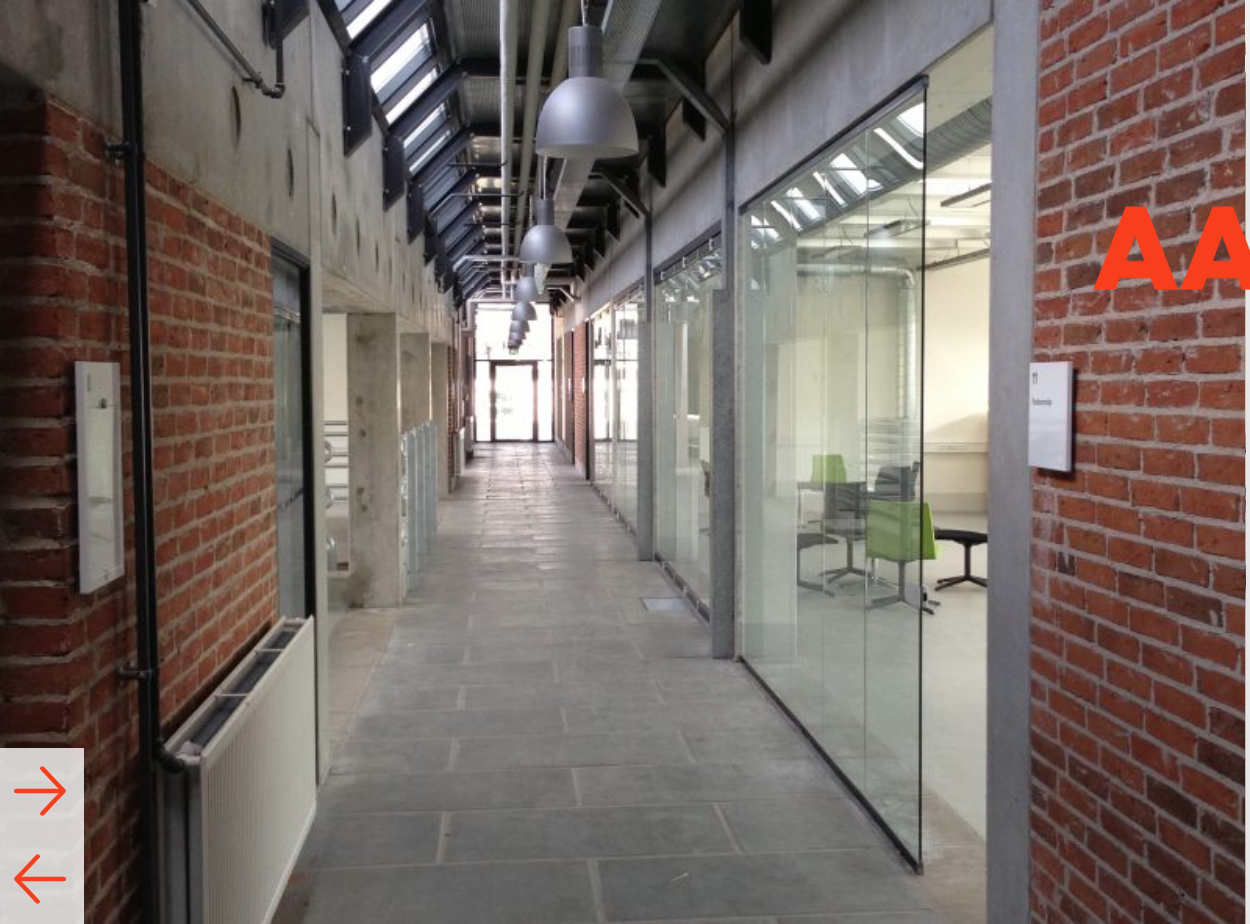
I was away last week in Denmark, helping with the development of a new business degree at Aalborg University. I was there to do a keynote and run workshops for faculty on choosing appropriate mode of delivery (getting the best mix of online and face-to-face teaching), and choosing the best use of media.
As always, I probably learned more than the client. In particular, it brought home to me that the role of online learning is definitely beginning to change, or, more accurately, broaden. To explain this better though I need to say something about Aalborg University
Aalborg University
AAU is a public university in northern Denmark with just over 20,000 students. It is relatively new (founded in 1969) and is renowned for its problem-based, project-organised model. Semesters at AAU are centred around complex real-life problems which students attempt to find answers to in a scientific manner while working together in groups. It has a very well developed pedagogy based on problem-based learning used throughout the university.
In addition, Denmark has a very progressive higher education system. All Danish students are fully funded through the state and are therefore mostly full-time. Almost anyone who wants to go to university can if they wish. Undergraduate students are mostly between 20-23 years old, mostly Danish, and most live within a half-hour commute of one of the university’s three campuses.
Why was I there?
This question came to my mind several times when I was there. Aalborg University has no great need to use online learning to increase access or for distance education (although I am sure there is still a relatively small number of potential learners who cannot access university for personal reasons who would benefit from more flexible access options).
I was there because I had given a keynote there last year, and because the university is launching a new business program. The aim is to ‘digitalise’ the curriculum; in other words to create new learning spaces that will better prepare students for the world into which they will be graduating. In particular, the focus was on developing high level soft skills, including problem-based learning, and preparing students for a digital business world. This requires integrating digital technologies into both the teaching and learning processes.
Designing digital, problem-based learning
So the arguments for increased access and flexibility did not apply at AAU so much. The justification for increasing the use of digital technologies in teaching was based on new skills development and more digital applications within a problem-based teaching approach. This means deciding on pedagogical grounds what is best done online and what is best done on campus.
I was quick to point out that this is relatively virgin territory. There is not much research, and even less theory, on how to make such decisions, and in any case they are likely to be heavily context-dependent. What works for science teaching won’t help business teaching, and vice versa. There is much learning still to be done in this area.
So I used a problem-based approach, dividing faculty into groups and asking them to decide on the right mix and use of media for a module they would be teaching in a future course, based on four criteria for choosing mode of delivery, and the SECTIONS model for choosing media, from my open, online textbook, Teaching in a Digital Age.
How successful these workshops were won’t be known until the program launches later this year. The challenge as always is to move faculty from using media to supplement existing teaching methods to transforming the teaching through the use of technology, still within a problem-based teaching framework.
However, if the enthusiasm and application of the faculty in the workshops is anything to judge by, I think the new business program could be very exciting, and an indication of the direction university teaching needs to go in the future.
What is clear though is that we are going to have to experiment and research more carefully the relationship between face-to-face teaching and online learning for campus-based institutions, focusing on the use of technology for skills development and practice. So, as important as access remains, it is no longer the only reason for online learning.









 Dr. Tony Bates is the author of eleven books in the field of online learning and distance education. He has provided consulting services specializing in training in the planning and management of online learning and distance education, working with over 40 organizations in 25 countries. Tony is a Research Associate with Contact North | Contact Nord, Ontario’s Distance Education & Training Network.
Dr. Tony Bates is the author of eleven books in the field of online learning and distance education. He has provided consulting services specializing in training in the planning and management of online learning and distance education, working with over 40 organizations in 25 countries. Tony is a Research Associate with Contact North | Contact Nord, Ontario’s Distance Education & Training Network.

